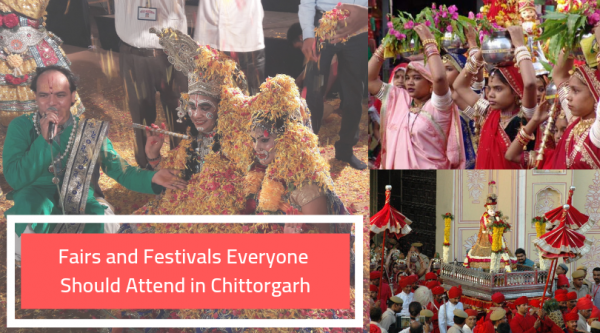Posted inHistory and Culture
Fairs and Festivals Everyone Should Attend in Chittorgarh
Not just the locals but even tourists are too enticed by the glory of Historical Chittorgarh. The charm and the splendor of the city have attracted people from other parts…
